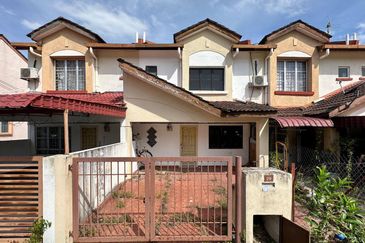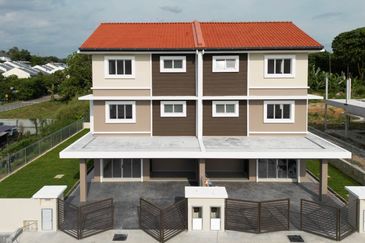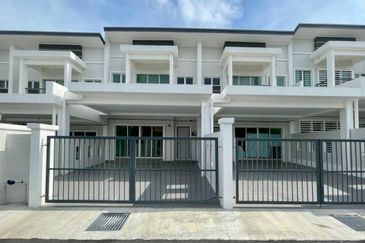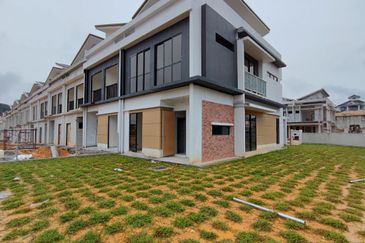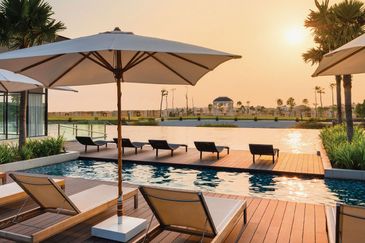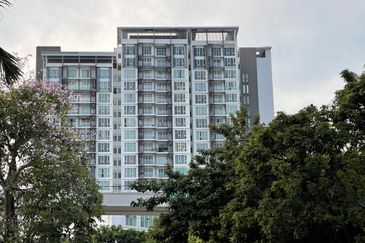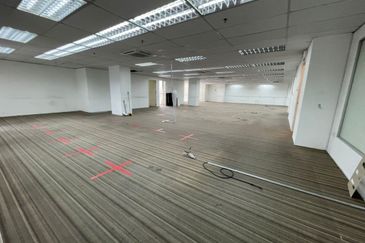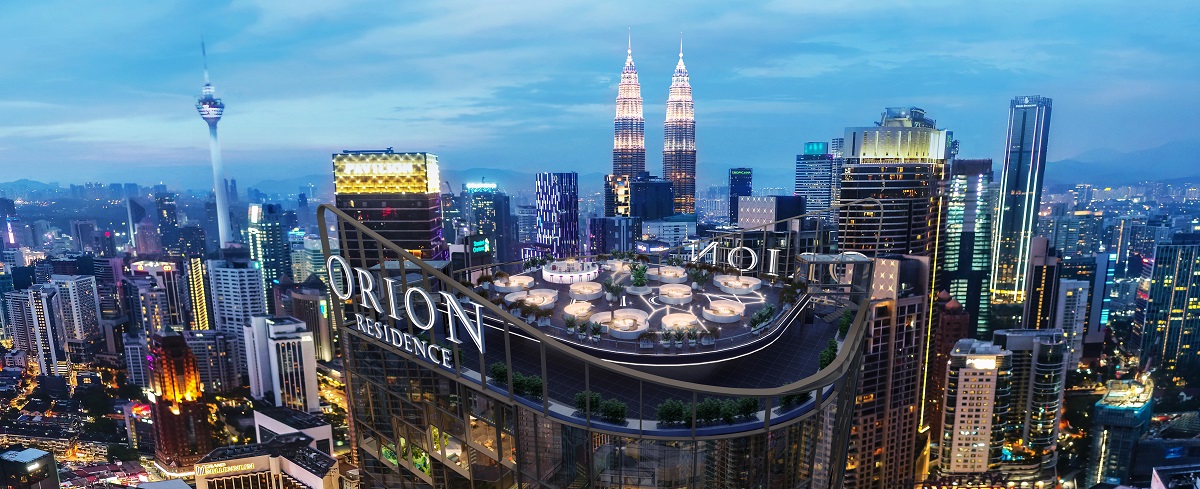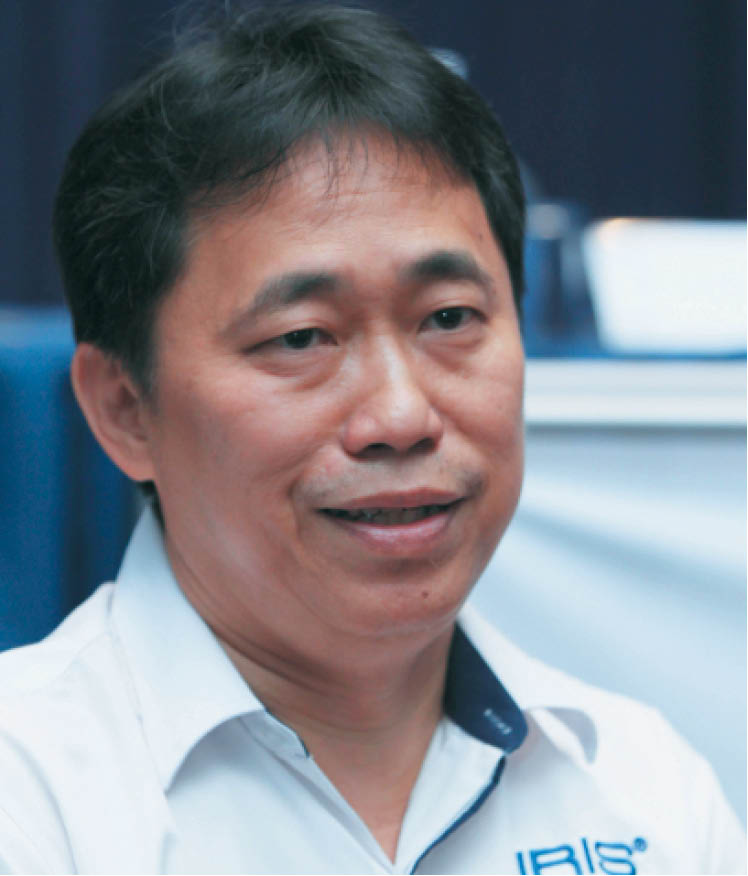 A YEAR and a half since moving into property development, Iris Corp Bhd finally looks set to undertake its first commercial development in Malaysia.
A YEAR and a half since moving into property development, Iris Corp Bhd finally looks set to undertake its first commercial development in Malaysia.
The diversified group is in talks with China’s Qingjian International Group Co Ltd (QIGC) to help it co-develop and bring in funding for a project located in Precinct 19, Putrajaya.
In a stock exchange filing last Monday, Iris said it had entered into a memorandum of understanding (MoU) with the Chinese developer to discuss terms on setting up a joint venture (JV) company for the development. They have 90 days to thrash out the terms and define their roles in the project.
In November last year, Iris was awarded a contract by Putrajaya Corp to build 1,928 houses for civil servants under the 1Malaysia Civil Servants Housing Programme (PPA) and undertake a mixed use development on 16.2 acres there.
Managing director Datuk Tan Say Jim says apart from the PPA portion, the company plans to build 508 apartment units and 22 shoplots, with the gross development value for all three estimated at RM622 million.
The announcement about the MoU with QIGC generated some interest in Iris’ shares a day later. The penny stock rose by one sen to 17.5 sen on a strong volume of 23.78 million shares, about 4.8 times the previous day’s volume.
“It’s quite a significant development for us because this will be our first commercial development at home and our first high-rise building, too. So, it’s really going to be our flagship to showcase our Industrialised Building System (IBS),” Tan tells The Edge.
Up until now, Iris has only ever undertaken commercial development projects overseas, in Papua New Guinea (PNG) and the Solomon Islands. At home, it has built about 10 housing estates or 1,000 homes using its IBS technology for the government and the Federal Land Development Authority under their Rimbunan Kaseh and Sentuhan Kaseh projects, respectively. These are essentially sustainable development projects for rural folk.
Tan says that under the deal with Putrajaya Corp, upon building half of the 1,928 PPA units, the title for the 5.5 acres on which the PPA portion is to be developed will be transferred to Iris.
Part of the reason Iris wanted a partner for the Putrajaya development was so that it could share the risks involved. More importantly, it needed a partner that could finance the project.
“Let’s face it, for one, the property market is soft and getting financing for Iris was difficult because we’re not seen as a property development company per se, so there was some resistance from the banks.
“And two, even if I had managed to get the banks to lend, this project would probably triple our bank borrowings. So, I was in a predicament. Hence, we decided to look for a Chinese contractor (as) they seem to have access to funds. We talked to some local contractors but they were not prepared to finance the deal,” Tan shares.
He says Iris and QIGC have already started negotiations on the JV. On which party would likely have control, Tan says: “Because this is our maiden project, ideally, Iris would not want to take market risks.”
He says if a partnership is formalised for the Putrajaya project, Iris could also end up working with QIGC on future projects. For example, under an MoU with Technology Park Malaysia (TPM), Iris could build hostels to support student accommodation for universities at TPM.
QIGC is part of a group that was set up in 1952 in China and is ranked as one of the country’s top 500 Chinese enterprises.
Nevertheless, Tan isn’t counting on the Putrajaya property project to boost Iris’ bottom line significantly over the three years of its development, saying it will very much depend on whether the property market improves.
“The day you sign the developer’s agreement, you’re given 30 months with an extension of six months to complete the development. I hope to finalise the developer’s agreement by next month,” he says.
Iris posted a net loss for the second straight year of RM3.71 million in the financial year ended March 31 (FY2016) compared with a net loss of RM23.7 million the year before. At the pre-tax level, however, it was profitable, with profit before tax coming in at RM17.17 million compared with a pre-tax loss of RM15.29 million previously. Tan blames the loss at the post-tax level on an underprovision of tax for one year.
He says it’s difficult to say as yet when the group might return to the black at the post-tax level. Iris derives the bulk of its earnings from its trusted identification division, but it also has four other divisions, including food and agro technology and education, which weigh on profits.
“This year (FY2017) is really a year of consolidation for Iris — we want to revisit some of the businesses we have, so I don’t know if I will be able to show a profit or loss for the full year. Next year is the year we want to strengthen and market our businesses.”
Just last week, Iris completed the sale of a 29.83% stake in packaging solutions firm Versatile Creative Bhd for RM21 million as part of its divestment plan of non-core assets. Last December, it sold its 75% share in a company that operates a waste-to-energy incinerator in Phuket, Thailand.
Tan says other assets that could be sold include land in the Republic of Palao and PNG.
This article first appeared in The Edge Malaysia on Sept 26, 2016. Subscribe here for your personal copy.
TOP PICKS BY EDGEPROP
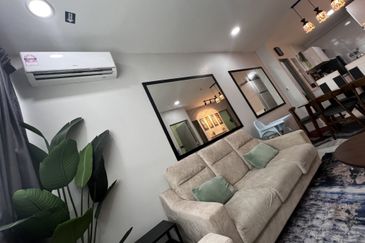
METROCITY SQUARE SOHO APARTMENT
Sarawak, Sarawak

Chimes @ Bandar Rimbayu
Telok Panglima Garang, Selangor
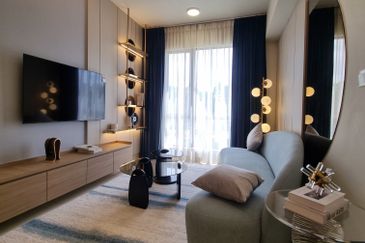
Tujuh Residences @ Kwasa Damansara City Centre
Shah Alam, Selangor

